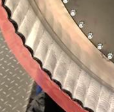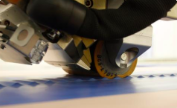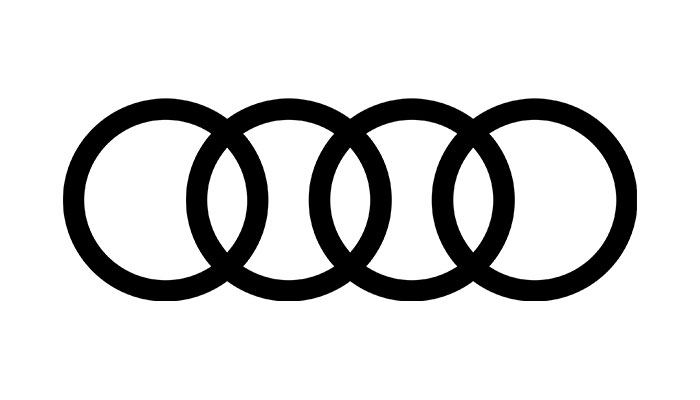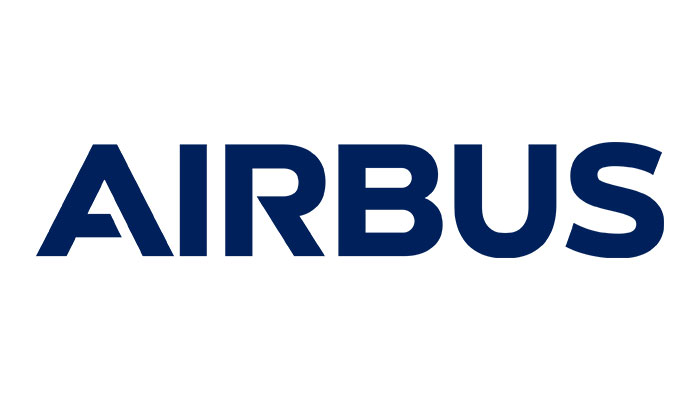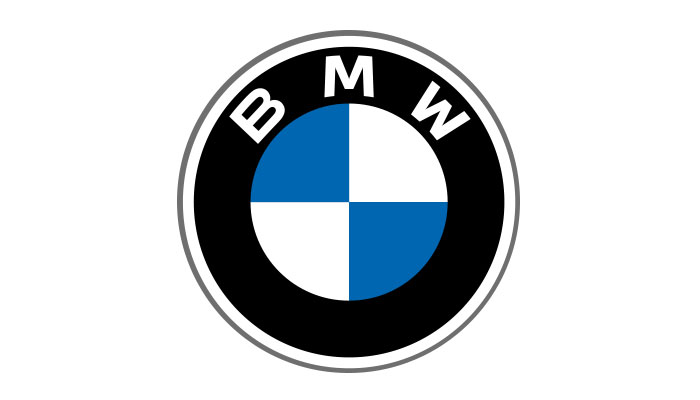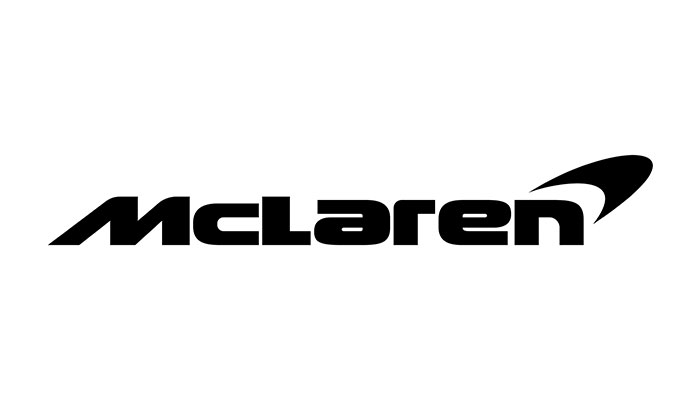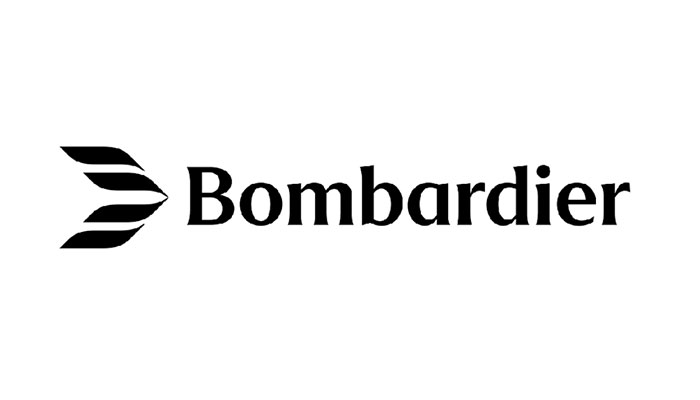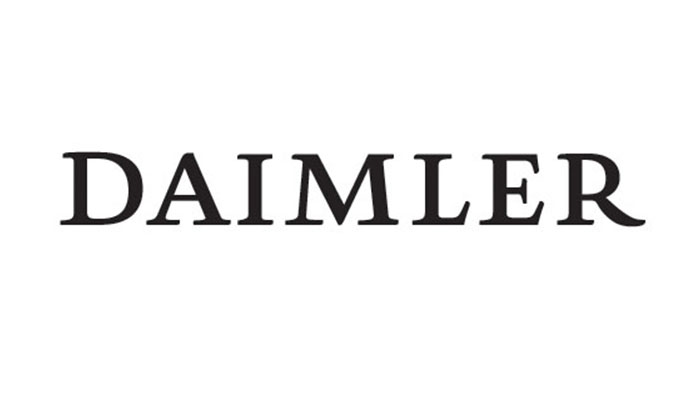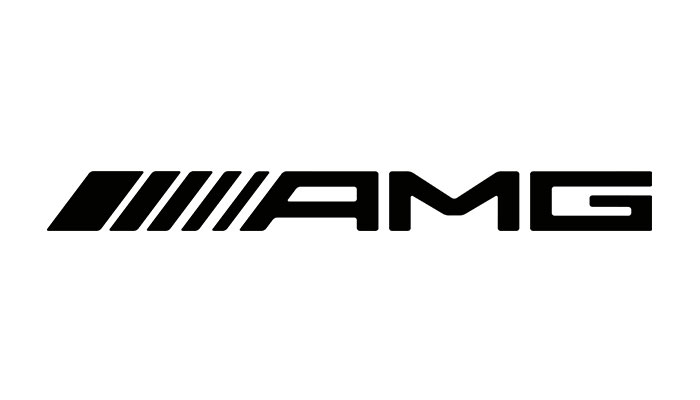Introduction
A major aerospace OEM aimed to increase efficiency and reduce costs in the production of carbon fiber reinforced polymer (CFRP) fuselage frames. Traditional methods like Automated Fiber Placement (AFP) were too slow and costly for complex curved structures, creating a production bottleneck.
Challenge
Key production challenges included:
- Low AFP layup rate on 3D curved profiles
- Long process times and high costs due to slow machine speeds
- Limited build rate per AFP machine, restricting production volume
The reliance on AFP directly onto complex geometries made it difficult to scale production efficiently.
Solution
To solve this, COTESA introduced the patented “Tailored Wave” process, a two-step approach:
- Flat fiber layup: Significantly increases layup speed—up to 3–4x faster than standard AFP on 3D parts
- Forming: Flat laminates are shaped into curved profiles using wave-optimized tools
Key innovations included:
- Curvature-specific wave substrates for controlled fiber orientation
- Mathematical arc-length compensation (ALC) for precision forming
- CAD-based tool design tailored to each geometry
- AFP-optimized layout for reduced waste and consistent quality
Conclusion
The Tailored Wave method delivered measurable performance gains:
- 3–4x faster layup rates vs. traditional AFP
- Reduced unit costs thanks to fewer machine hours and less manual labor
- Higher production output from the same equipment
- Improved quality and strength due to optimized fiber placement
- Innovation advantage via patented, automated processes
The process is also transferable to other CFRP structural parts, giving aerospace customers a competitive edge in precision, efficiency, and scalability.

